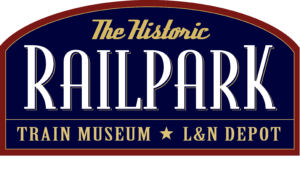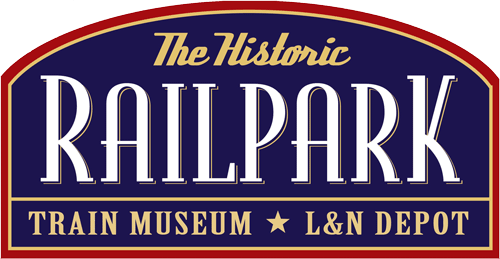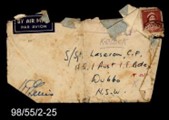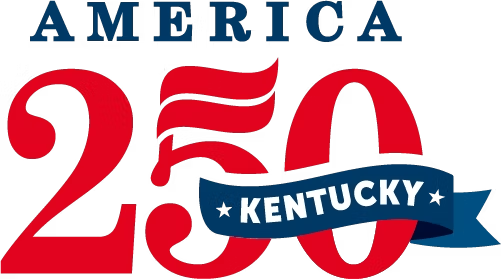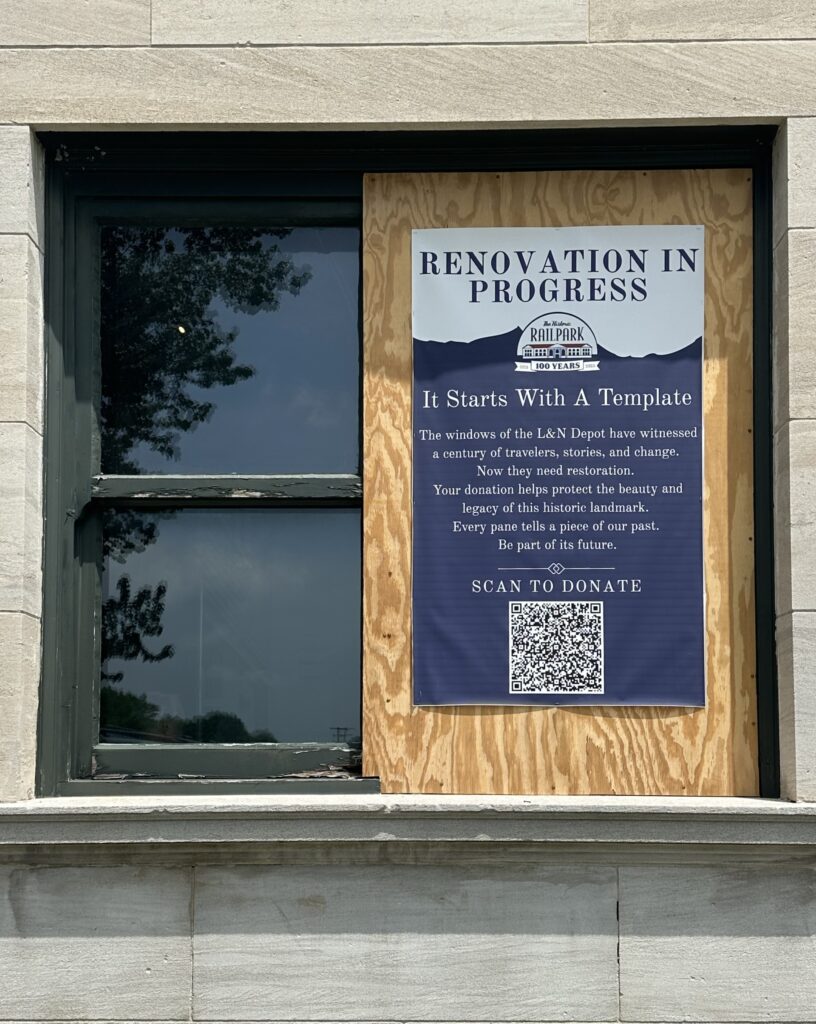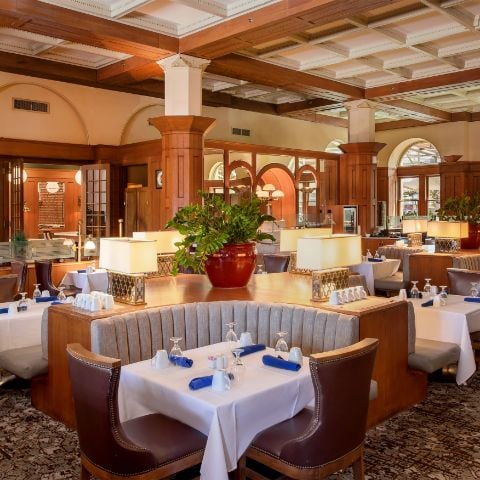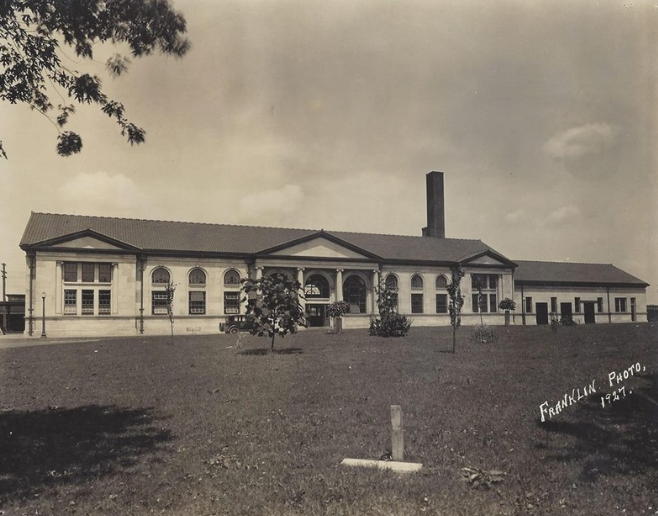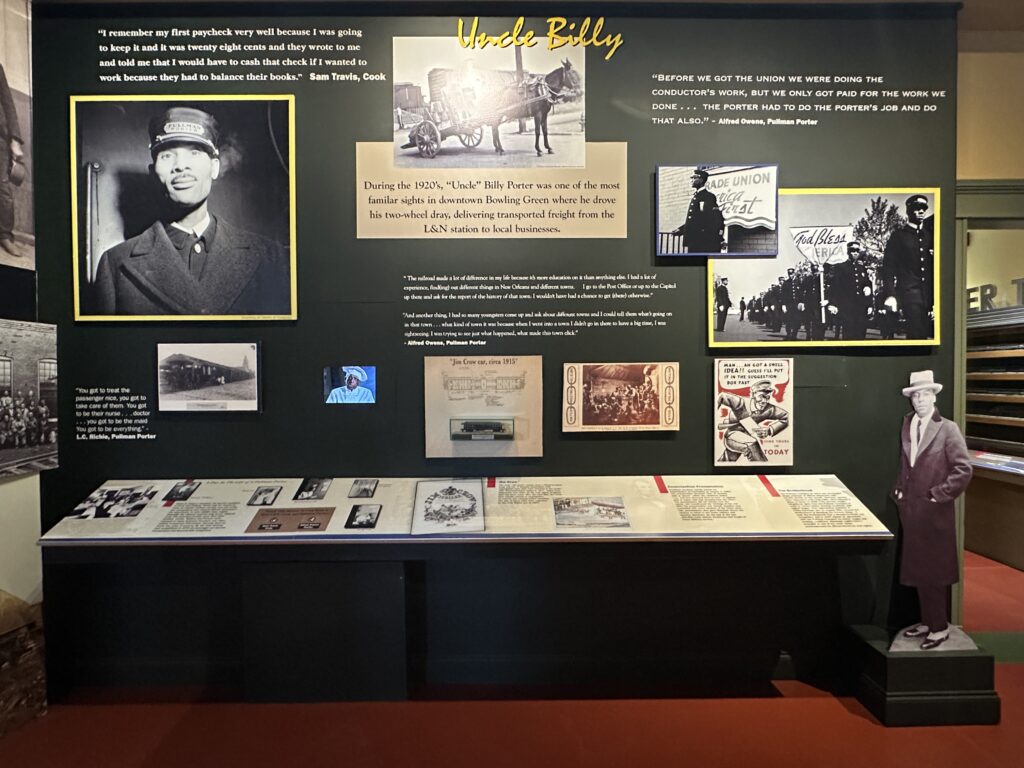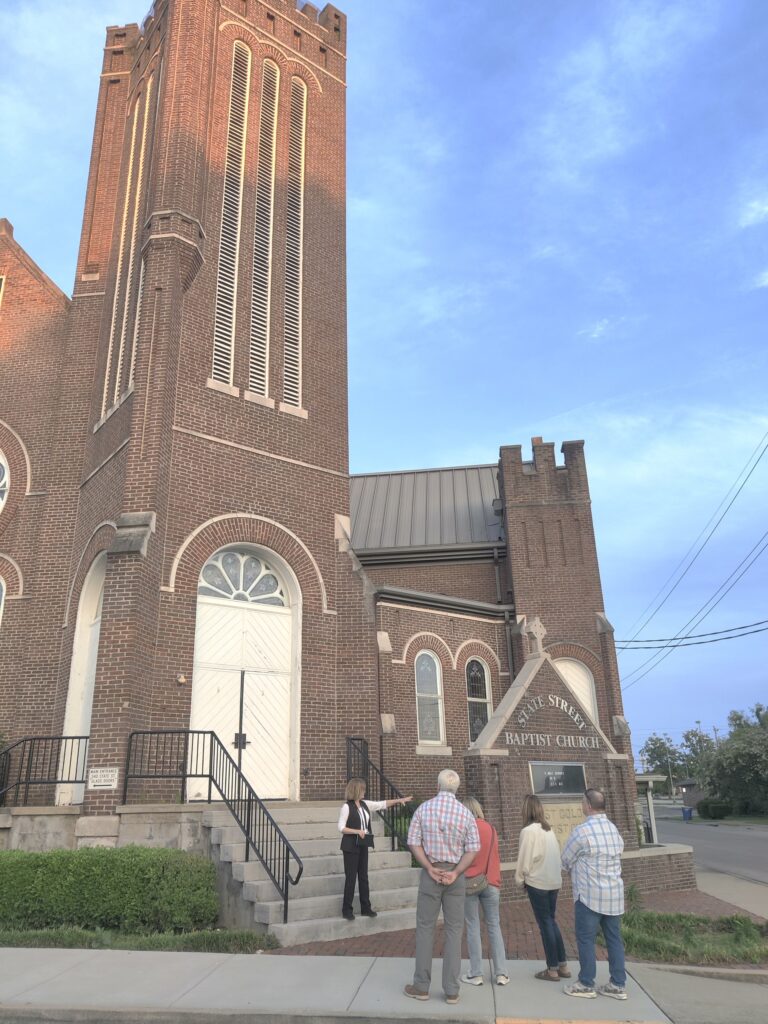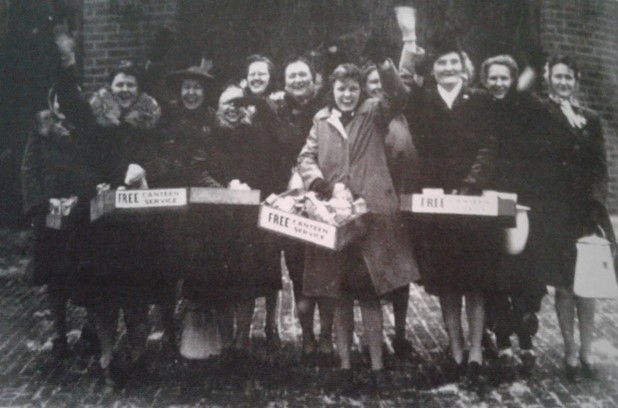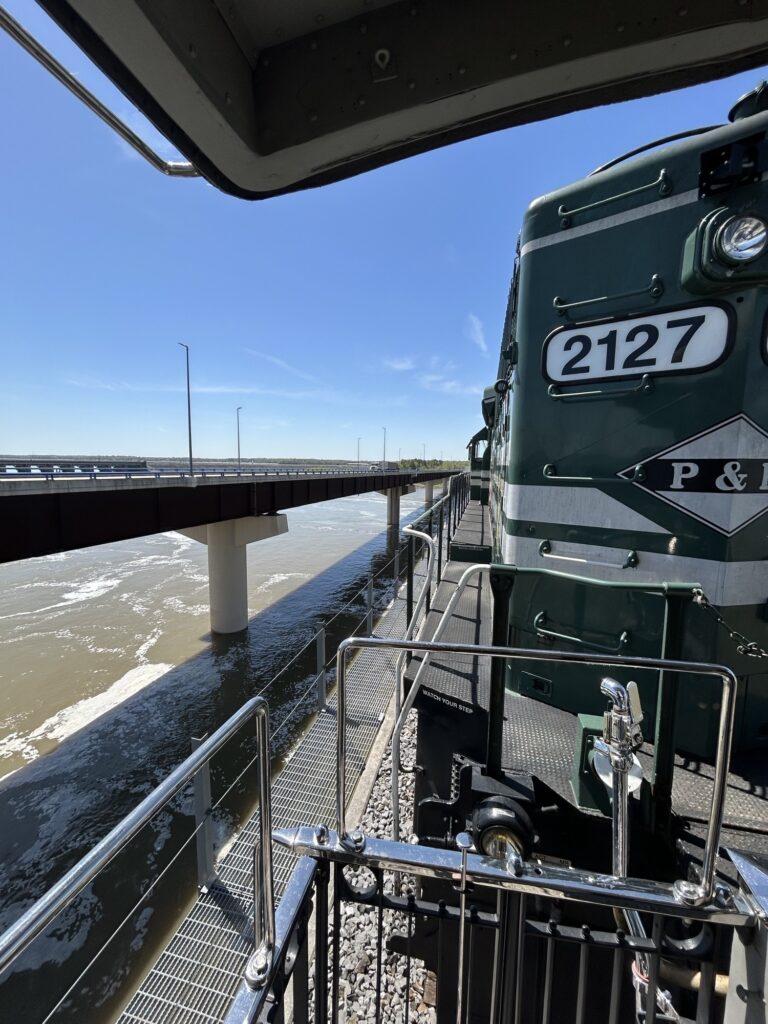Canteens Offer Trackside Compassion During WWII Pt 2.
World War II was a period defined not only by the battles on the front lines but also by the collective efforts of communities on the home front. Amidst the turmoil of war, a network of small but significant havens emerged – canteens, where the spirit of compassion and support flourished.
A glimpse of Union Pacific Railroad canteen volunteers, with some walking along trains passing out treats to troops, while others serve soldiers inside the canteen.
Another example of trackside compassion can be seen as the canteen hut in Crestline stands as a testament to community support, built with the pennies donated by school children. It exemplifies the grassroots efforts that went into creating these havens for soldiers.
Volunteers endured all kinds of weather to see soldiers receive food. At canteens, soldiers pick up beverages before heading back to the train, many destined for France and the Battle of the Bulge in Germany.
Letters were also part of canteens as appreciation and admiration from the soldiers to the volunteers was displayed through the ink on the page. These letters poured into various canteens from all over the world, expressing gratitude for the snacks, games, magazines, and, most importantly, the kindness shown by the volunteers.
Canteens were more than just places where soldiers received food; they were symbols of community support, compassion, and resilience. The legacy of canteens lives on in the letters of appreciation, the memories of those who served, and the communities that rallied together to provide comfort to those who served our nation.
To learn more about the role that railways played during wars see the “Railroads go to War” exhibit at the Historic RailPark & Train Museum.
